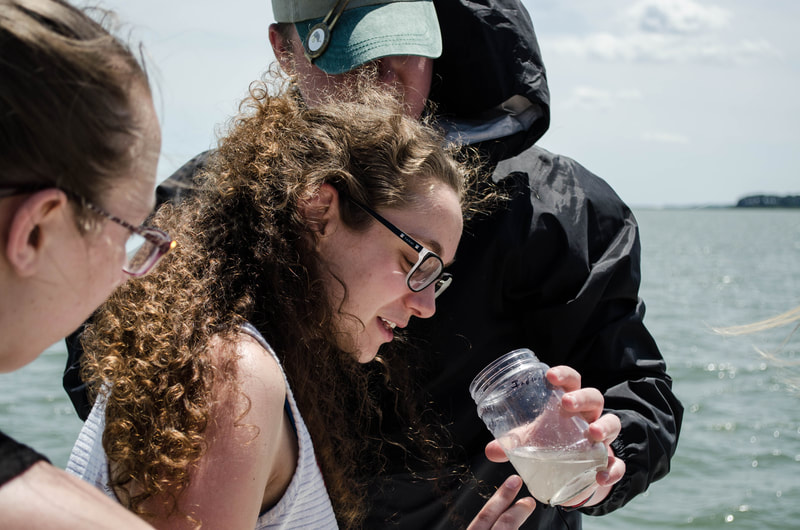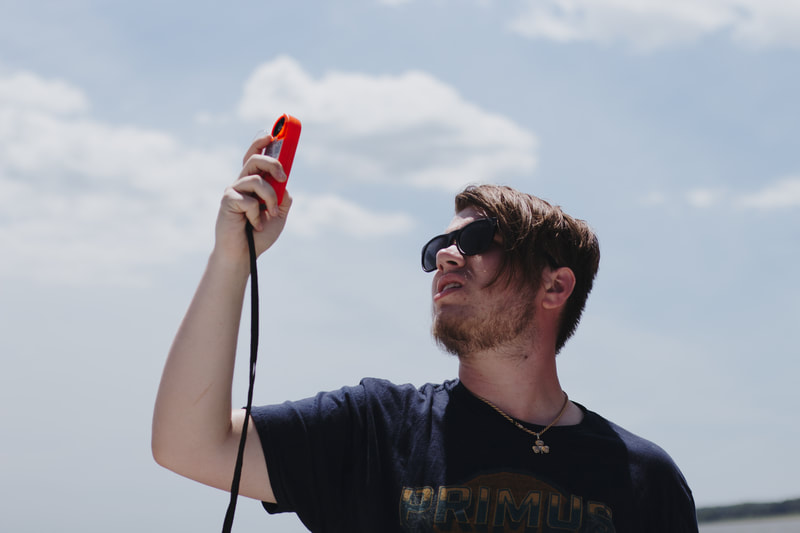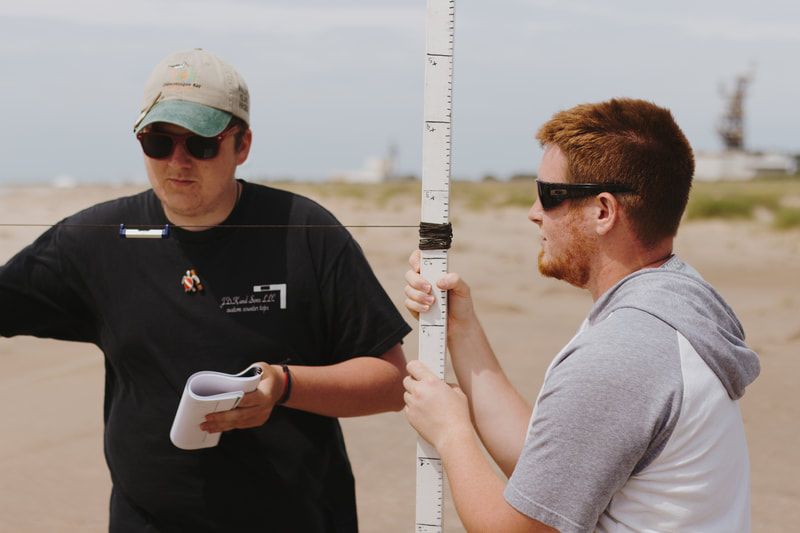FIELD METHODS IN OCEANOGRAPHY - ESCI 267
DR. AJOY KUMAR - MILLERSVILLE UNIVERSITY
Course Description:
The course is designed to familiarize students with the dynamic marine environment and work on board small research vessels, including the use and application of standard oceanographic instruments and sampling devices; to promote and encourage independent research. Students will learn how to deploy instruments from boats, acquire data, analyze the data and make a report.
Marketable Skills Gained from This Course:
General Description of Field Activities:
Approximate Amount of Course Time Spent in Field:
50%
Prerequisites:
Any introductory ocean or marine course.
Required Textbook or Supplies:
Please bring a laptop that can handle EXCEL or similar applications.
Number of Students:
10-14
2024 Chincoteague Bay Field Station Fee*:
3 week course; housing and meals included
Salicornia; $1,794
Traditional; $1,644
Fees are subject to change at the discretion of the board of directors
* Does not include university tuition or fees. For specific policy on CBFS fees, click HERE.
The course is designed to familiarize students with the dynamic marine environment and work on board small research vessels, including the use and application of standard oceanographic instruments and sampling devices; to promote and encourage independent research. Students will learn how to deploy instruments from boats, acquire data, analyze the data and make a report.
Marketable Skills Gained from This Course:
- Hands on Instrument usage
- Report writing skills
- Computer skills in Excel, Word, Ocean Data View, GIS
General Description of Field Activities:
- Activities at a hydrographic station and analysis of hydrographic data
- Various navigation techniques including work with GPS unit
- Operation of a winch
- Meteorological observations: air temperature, pressure and humidity, wind speed and direction
- Installation and operation of Weatherpak
- Nansen bottle and reversing thermometer, Salinometer. Niskin or Van Dorn bottle
- Profiling of conductivity, temperature, dissolved oxygen, irradiation, chlorophyll concentration, and backscatterance with CTD/STD device
- Calibration of chlorophyll measurement, determination of other dissolved elements
- The precision of various instruments
- Analysis of Oxygen
- Measurements and analysis of light in water using LiCor light sensors, YSI meters, Secchi disk
- Concepts of attenuation of light in water, critical depth and optical depth
- Plotting of seawater properties versus depth, contouring of seawater properties using EXCEL and Ocean Data Viewer
- The operation of current meters
- Falmouth Acoustic current meter
- Analysis of current meter data
- The observation of tides and surface waves
- Beach profiling, longshore currents and longshore transport
- Sampling of epifauna and infauna on the sea floor
- Sediment core sampling in the coastal sea
Approximate Amount of Course Time Spent in Field:
50%
Prerequisites:
Any introductory ocean or marine course.
Required Textbook or Supplies:
Please bring a laptop that can handle EXCEL or similar applications.
Number of Students:
10-14
2024 Chincoteague Bay Field Station Fee*:
3 week course; housing and meals included
Salicornia; $1,794
Traditional; $1,644
Fees are subject to change at the discretion of the board of directors
* Does not include university tuition or fees. For specific policy on CBFS fees, click HERE.




